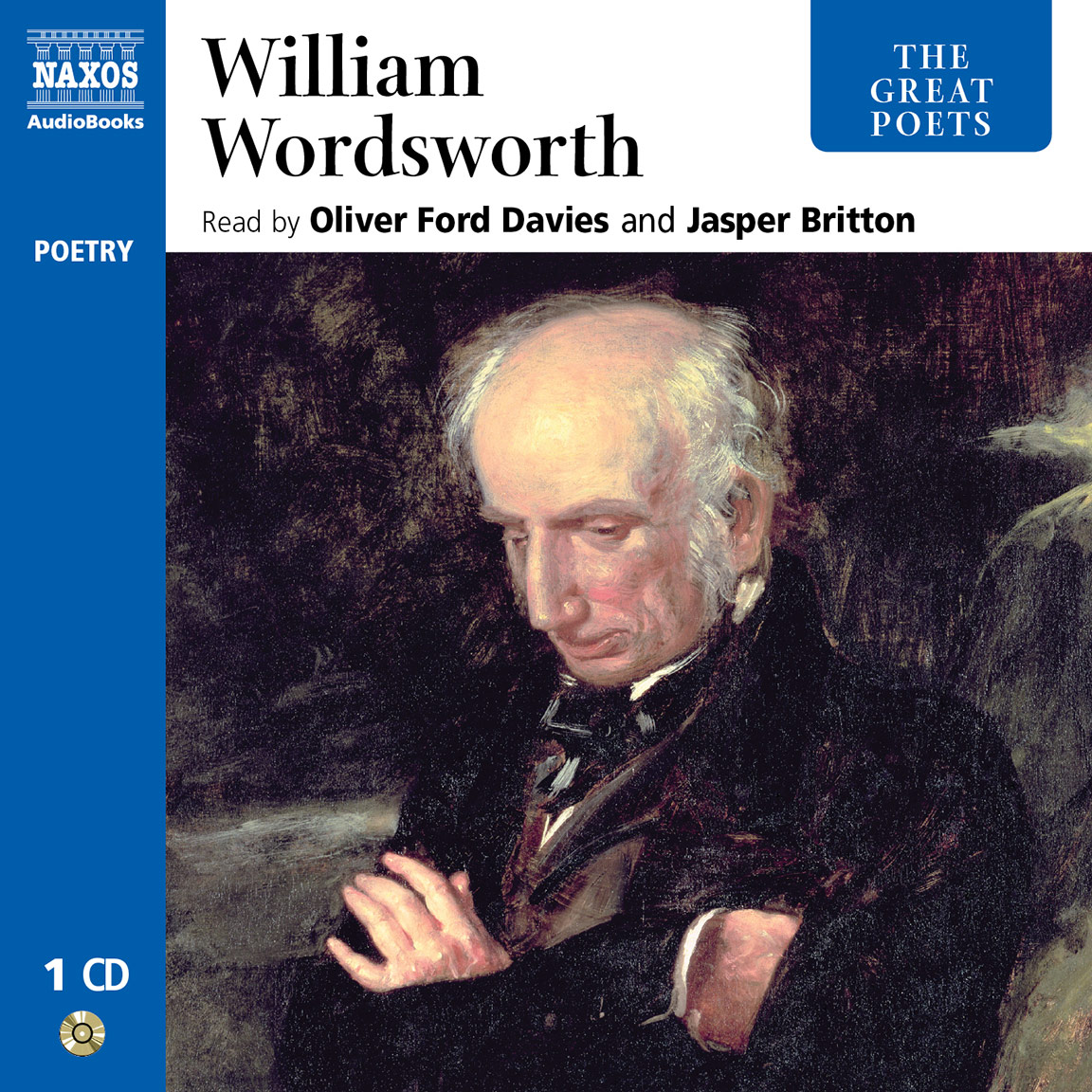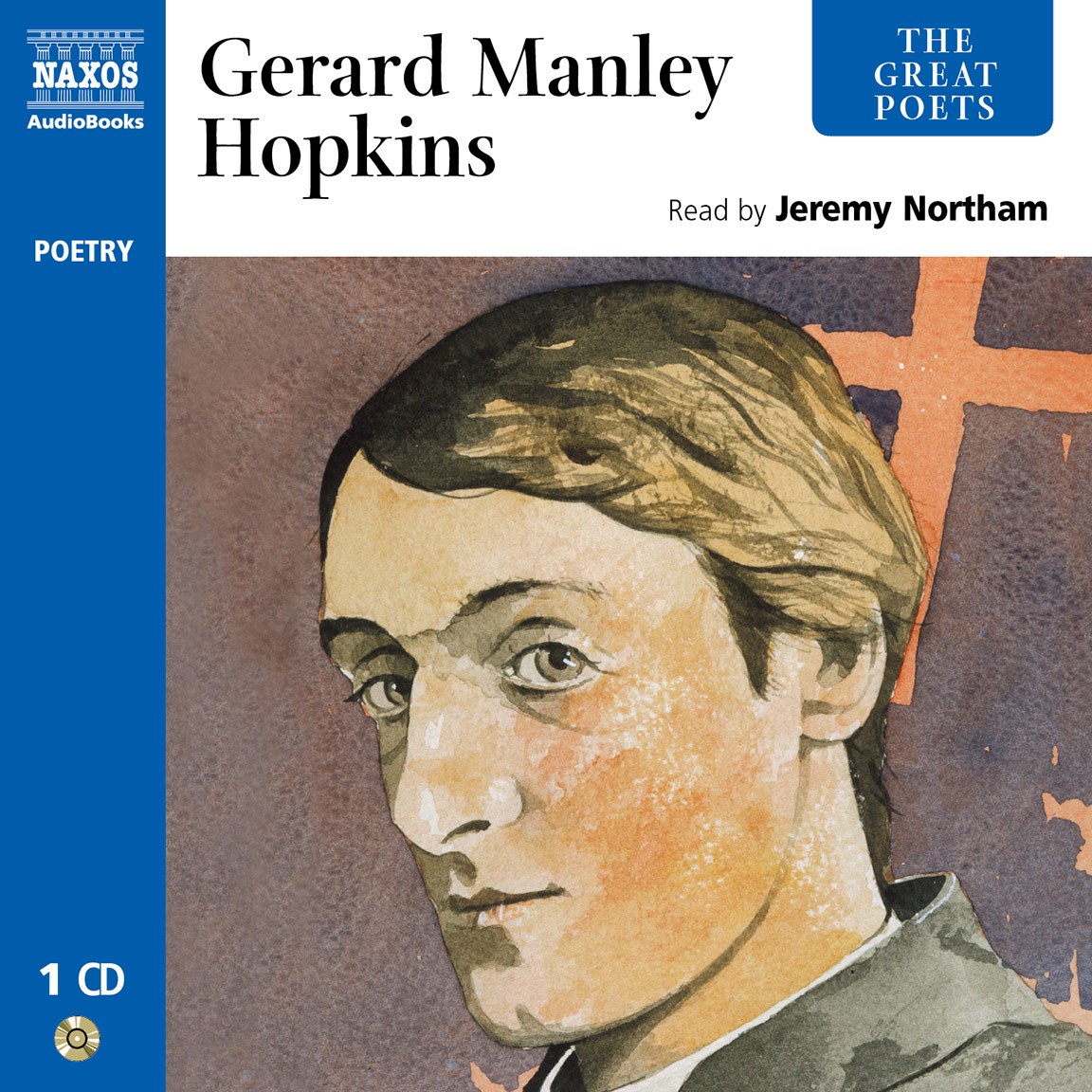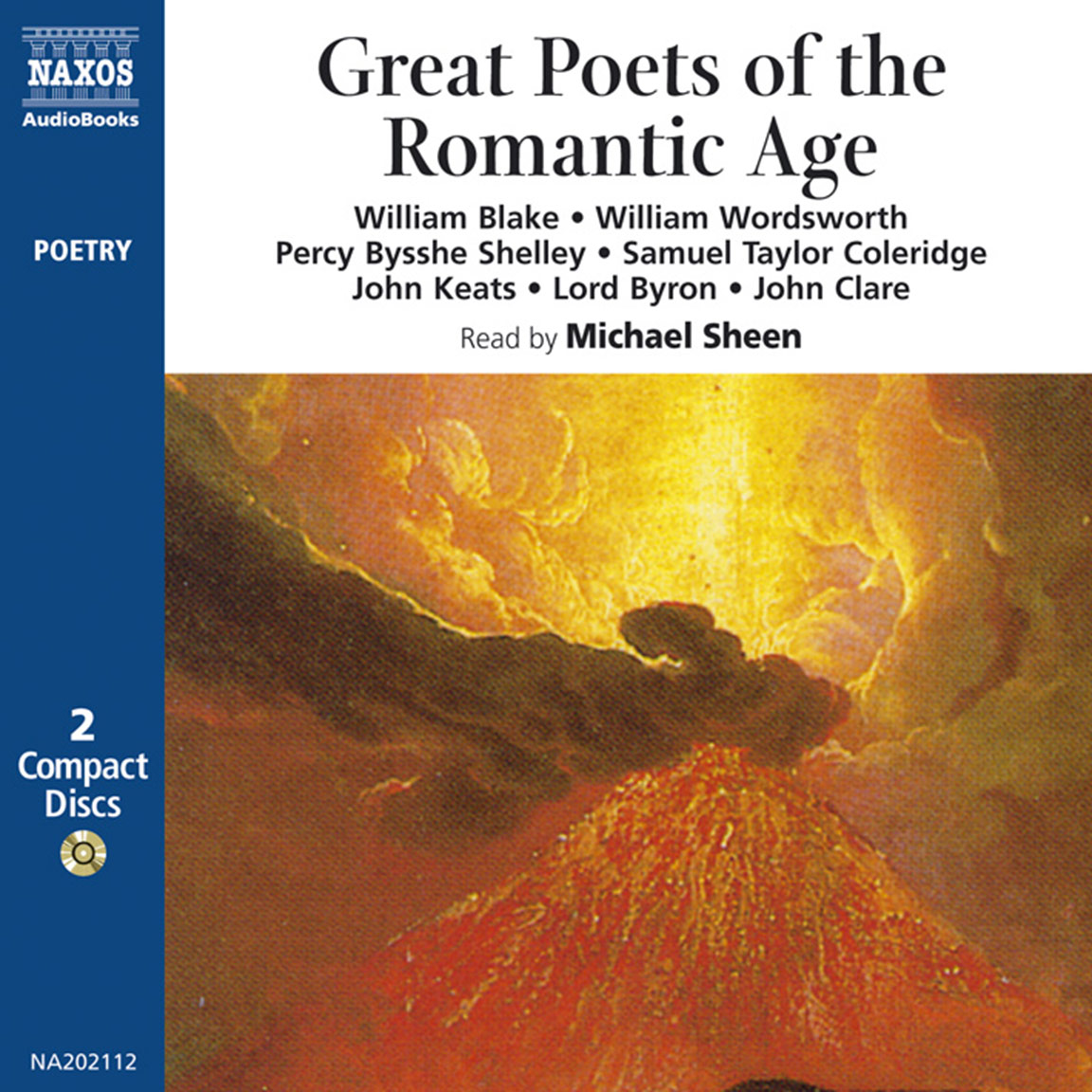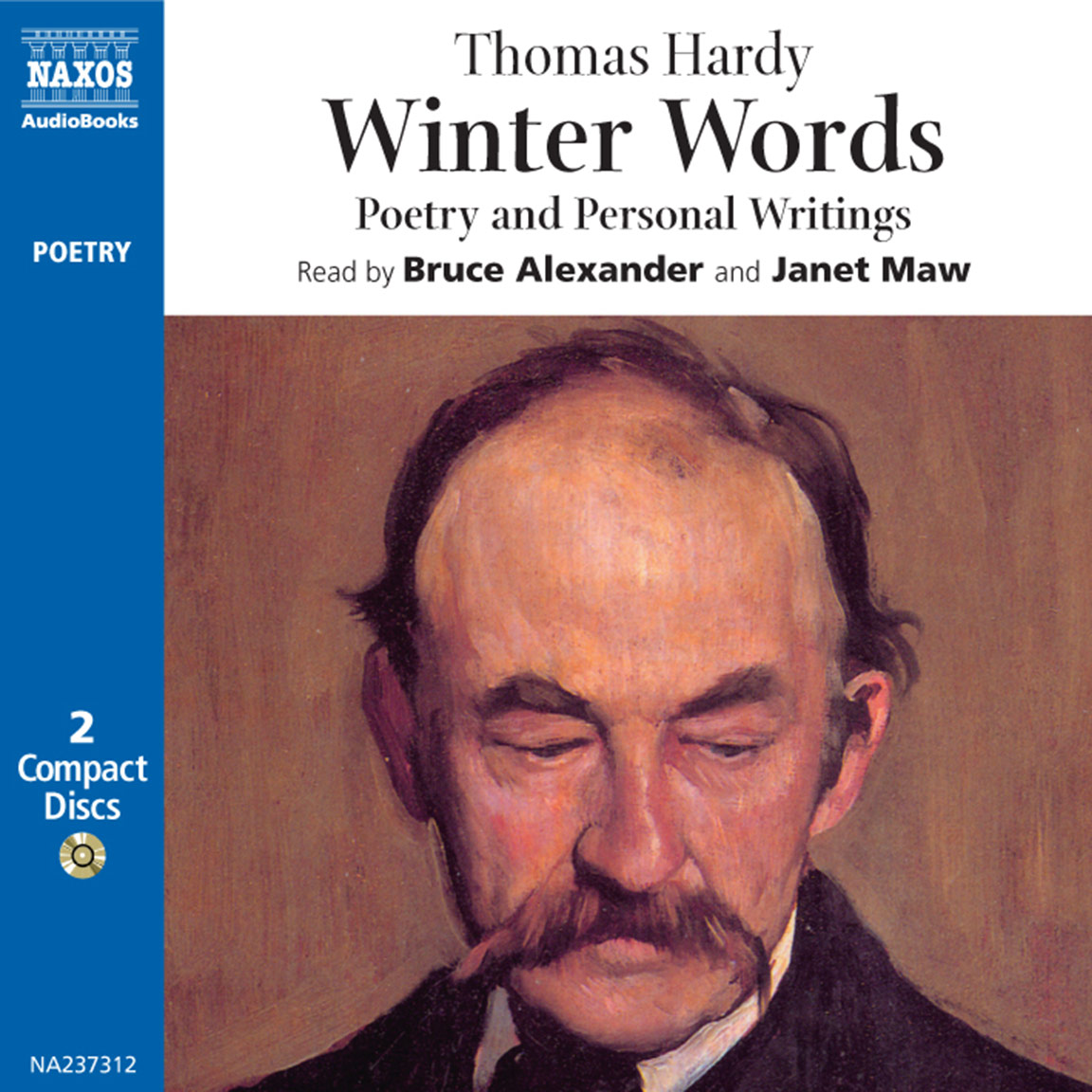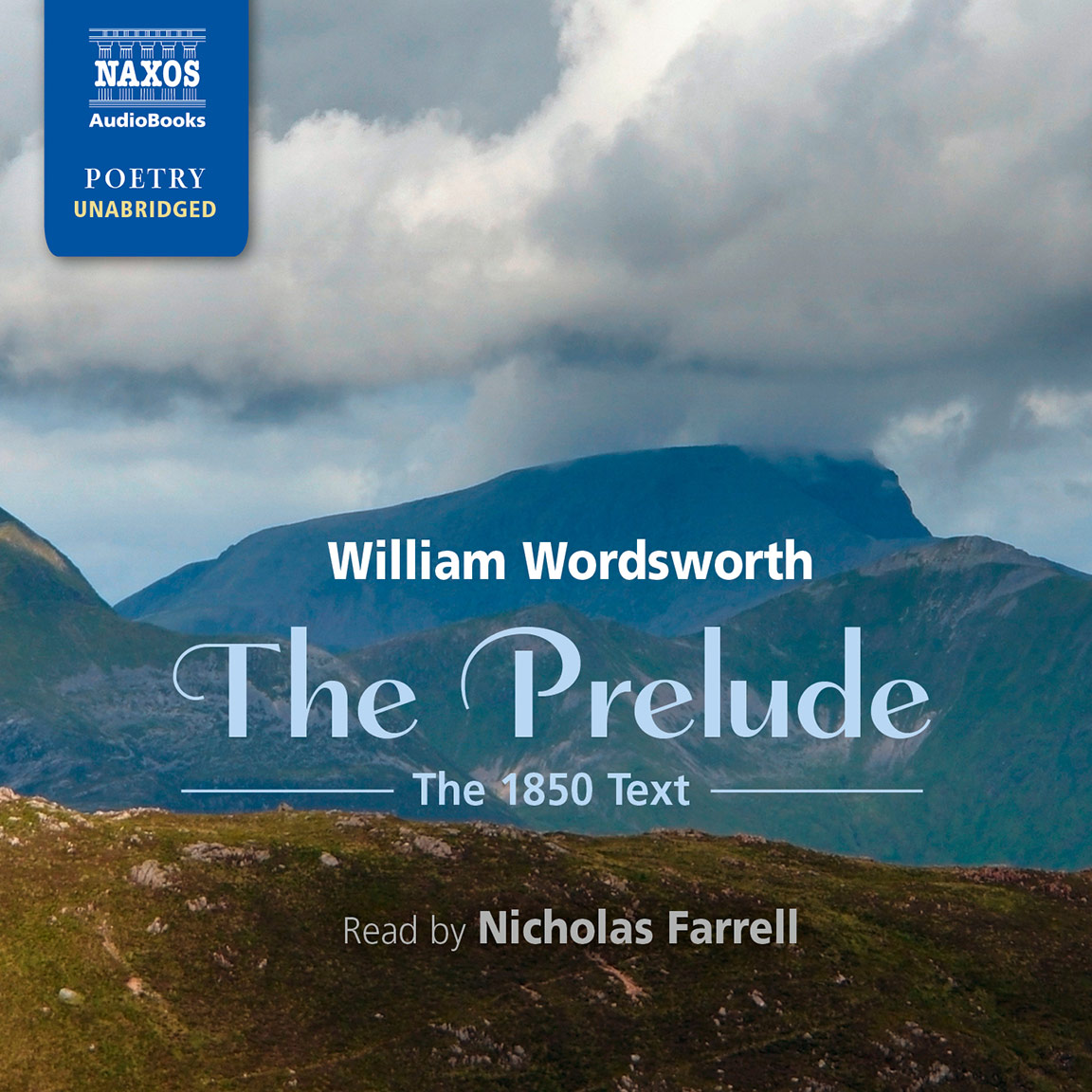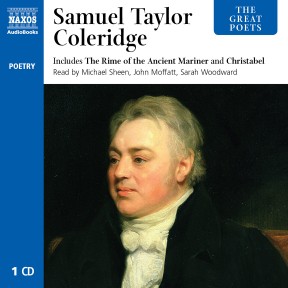
Audio Sample
Samuel Taylor Coleridge
The Great Poets – Samuel Taylor Coleridge
Read by Michael Sheen, John Moffatt, Sarah Woodward, Anton Lesser, David Timson & Benjamin Soames
selections
Samuel Taylor Coleridge, in collaboration with his friend William Wordsworth, revolutionised English poetry; in 1798 they produced their Lyrical Ballads, poems of imagination and reflection using ‘the language of men’. They pointed the way forward for a generation of Romantic poets. Coleridge’s addiction to opium affected his poetic output, and yet the handful of poems he did produce were innovative. These ranged from the quietly conversational to the wildly imagined, and include two of the greatest in English literature: Kubla Khan and The Rime of the Ancient Mariner.
-
Running Time: 1 h 19 m
More product details
Digital ISBN: 978-962-954-959-6 Cat. no.: NA135212 Download size: 19 MB BISAC: POE005020 Released: May 2010 -
Listen to this title at Audible.com↗Buy on CD at Downpour.com↗Listen to this title at the Naxos Spoken Word Library↗
Due to copyright, this title is not currently available in your region.
You May Also Enjoy
Included in this title
- Kubla Khan
- The Rime of the Ancient Mariner
- Love
- Frost at Midnight
- This Lime-Tree Bower My Prison
- Christabel
Booklet Notes
Samuel Taylor Coleridge was born at Ottery St Mary in Devon in 1772, the youngest of 10 children. A sickly child, he was given regular doses of laudanum, an opium-based painkiller which was freely dispensed at this time for a variety of complaints, with little understanding of its addictive nature. In 1791 Coleridge went to Cambridge, accruing debts and increasing his reliance on drugs (including alcohol), and women. During his Cambridge years Coleridge met Robert Southey, who encouraged him to take an interest in radical politics. Together they dreamed of a Utopian society they called ‘Pantisocracy’, an early socialist vision of a commune built on shared responsibilities, and they believed that America would be an ideal country in which to set it up. Coleridge and Southey became closer after they married two sisters, Sara and Edith Fricker. Naturally independent, Coleridge found marriage difficult, and he separated from his wife in 1804.
Southey was also responsible for intro-ducing Coleridge to Wordsworth. Despite being temperamentally incompatible, Wordsworth and Coleridge collaborated successfully on a collection of poems published in 1798 under the title Lyrical Ballads. Together, the two poets walked for miles, discussing and planning the poems. Wordsworth would write simple ballads of everyday life, using the ‘language of men’, while Coleridge considered an epic on the theme of Cain’s guilt for the murder of his brother Abel, which eventually evolved into his masterpiece The Rime of the Ancient Mariner.
Coleridge’s
‘conversation’
poems were
perhaps his
most original
contribution
to poetry
The Ancient Mariner is written in the metre of the old English ballads, and Coleridge utilises their characteristic alliteration and repetition, adding the occasional archaic word to lend authenticity. The poem is a metaphor for life, as the Mariner is driven through ice and drought at the mercy of the spirit world after his mindless act of killing one of God’s creatures. He experiences deprivation and undergoes suffering both physical and mental before being granted redemption after his spontaneous outburst of love for the unattractive snakes of the sea. His penance is to repeat his tale for ever as a moral lesson to mankind. In later life Coleridge came to identify himself with the Mariner’s plight – the outsider, alone and prey to supernatural sensations.
The poem’s meaning has been hotly debated since it first appeared, some critics at the time finding it meaningless, others seeing it as a powerful religious poem. For the 21st-century reader, the poem’s ‘green’ message, that man has his place in nature and that wanton destruction of the natural world will have its consequences, has perhaps the strongest resonance.
After 1804 Coleridge’s friendship with Wordsworth cooled. This led to his deeper reliance on opium, producing bouts of paranoia and erratic mood swings that affected his poetic output. In 1816 Coleridge became, in effect, a resident patient with Dr Gillman in Highgate, becoming known as the Sage of Highgate.
It was while he was in Gillman’s house-hold that he wrote Christabel, which, although influenced by Chatterton and by the medieval ballads found in Bishop Percy’s Reliques, is not strictly a ballad itself. Its chilling Gothic tone is an example of Coleridge’s mastery of creating atmosphere: the poem exudes fear and horror and an anticipation of evil. The beautiful Geraldine seems to challenge the heroine, Christabel, to choose between good, represented by the memory of her dead mother, and evil. A dark sexual liaison between the two women is more than hinted at, and the imagery of the serpent and the forest further increases the overall mood of anxiety and terror. It is a fragment, and how Coleridge would have developed it is anyone’s guess. Its intensity of mood and Gothic fairy-tale setting is a forerunner of Keats’s excursion into the genre with La Belle Dame sans merci.
The poem Love, again influenced by Percy’s collection, is a pastiche of the medieval poems of courtly love. It was written shortly after Coleridge met Sarah Hutchinson, Wordsworth’s sister-in-law, in 1799. Despite his being married, Coleridge saw her as an ideal woman, at once unattainable yet desired. And in Love there is an air of eroticism – the narrator’s tale of a doomed love, with its repetitive rhythms, is interrupted by the maiden Genevieve, who clasps him in a sensuous embrace, vowing that she will not reject him as the maiden in his tale rejects her love. Another unfulfilled Coleridge dream.
Coleridge’s ‘conversation’ poems were perhaps his most original contribution to poetry. In these he developed an intimate conversational tone – quiet, reflective and confiding. Set in a solitary, often domestic, environment, these poems are dramatic monologues, in a relaxed style. The poet is indulging in a subjective conversation. In This Lime-tree Bower my Prison, for instance, Coleridge is unable to accompany his friends the Wordsworths and Charles Lamb on a country walk, after his wife Sara has accidentally spilt boiling milk on his foot. His disappointment created one of his most congenial poems, in which he imagines and shares in the joy that his friend Lamb, ‘long in the great city pent’, discovers in the natural wonders of the local landscape, while the poet, ‘imprisoned’ in his lime-tree bower, in turn rediscovers a joy in the nature that surrounds him there, seeing it with fresh eyes. The poet is confined physically, but his imagination is free to rove and through this he experiences a sense of freedom. It is a poem of catharsis.
This same overpowering influence of natural forces is felt in another conversation poem: Frost at Midnight. In the silence of a dark night, the poet muses on education and how that of his child (sleeping in his cradle) will differ from his own. With joy he imagines how his son shall have a more fulfilled education through his association with nature, seeing and hearing God in all things. The silence of the night leads to further musings on how, once the day’s occupations are over, the life-force continues to exert its influence almost imperceptibly, just as the frost ‘performs its secret ministry’. Both these conversation poems are poems of friendship and – although they were not written for the Lyrical Ballads of 1798 – they reflect the spirit of that collection.
As Coleridge’s poetic output dwindled, his skills as a lecturer and conversationalist increased. The public, however, would always remember him as the author of Kubla Khan. Coleridge claimed that he only published this poem at the request of Lord Byron who thought it ‘a psychological curiosity’. The poem’s history is well-known. Coleridge explained that he wrote it in 1797 while suffering from dysentery for which he was taking opium. Falling asleep from its effects, having just read about the great palace of Kubla Khan, he dreamt for three hours of the mighty Khan and envisaged the whole poem in about two to three hundred lines. On waking he hurried to get those lines on paper, but, being interrupted by ‘a person on business from Porlock’ who kept him talking for an hour, he found on his return to the poem that ‘with the exception of some eight or ten scattered lines and images, all the rest had passed away.’ As a ‘fragment’ of the product of his fertile imagination, stimulated by opium, Kubla Khan is full of vivid exotic imagery and sensation in a series of impressions, rather than being a coherent narrative. It is a sketch for a poem, a work in progress, possibly the beginning of an Ode, that might be in praise of human invention and the richness of the imagination – Alph, the sacred river, representing the life-force, and the ‘caverns measureless to man’ being the uncharted and unfathomable human mind. Many books have been written on the meaning of this poem but in the end its power lies in its strange, surreal and bewitching atmosphere. Charles Lamb, perceptive as ever, described it ‘as an owl that won’t bear daylight’. It is a dream and maybe that is all we should consider it to be.
Coleridge’s unique genius was captured by Lamb, in his description of him as ‘an Archangel, a little damaged’.
Notes by David Timson
